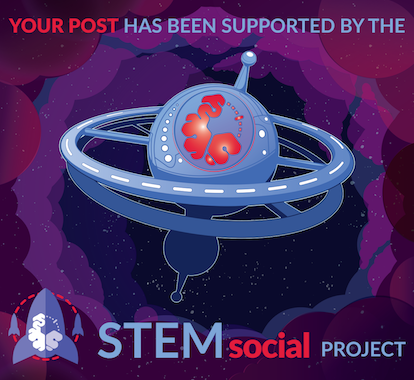Before you kill that honeybee you see in your yard, you should know that they pollinate 3/4 of the fruits, nuts, and vegetables we consume, so this means that if they go extinct, it can mean a lot of problems for us but before we think of killing them all, let's not forget that they give us honey as well.
A healthy hive will usually make and consume about 50kg of honey in a year (You thought Bees made honey for you? You are wrong) and it requires a lot of work. So where do honey really come from? Nectars are what bees use in producing honey but its not like flowers are the ones that produce the honey (well you know that).
When bees go to find food, they are looking for flowers and when they find a suitable food source, they begin to use their tongue to sip nectar into one of their two stomach. You like the honey stomach and the real stomach. Lots of flower nectar would be consumed to fill the honey stomach. When the forager bee gets to the hive, the bee is vomited into the mouth of another worker bee and to another and so on. When the bees regurgitate the nectar from one mouth to another, they add digestive enzymes along with the nectar. These enzymes break down long chain of complex sugar in the nectar into simple monosaccharides such as glucose and fructose.
When the nectar is eventually poured into the hive, the bees would use their wings to create air current that would allow the water in the nectar to evaporate and then covering it with Bee wax so the enzyme can complete its function of turning the nectar into honey. So what about bacteria and yeast? Since it has low water and its acidic, the honey isn't somewhere where bacteria and yeast would hold feast causing spoilage giving it a long shelf life in the hive or even in that honey jar.
In doing all these, bees would communicate with body language or dance language as I would prefer to call it. The foragers dance to tell other bees places to find suitable food. In the case of circle dance, it means the flower is close to the hive about 50m to 150m but when the food is far away, the waggle dance is the dance to explain distance and location. A dance step first decoded by Karl Von Frisch.
To explain the waggle dance even though I am not a bee, the bee simply walks in a straight line vibrating its wing and waggling it body back and forth, then it repeats in a figure 8 while walking towards an angle. The angle determines the direction as straight is to the direction of the sun, while turning left or right let them know in what direction relative to the sun the food is available. The longer the waggle the father the distance where the food is located and to tell the bees that the food is worth it, it shakes its body more.
Bees are a social insects and their hives are made up of Drones, Workers, and Queens and in one hive, there can be only one queen so when a queen is born, she quickly kill her female siblings. During mating season, she gets sperm from several males which she uses to lay thousands of egg per day. Unfertilized eggs become male drones, with only one set of chromosome and are only good for mating. They do not collect nectar, and do not defend the hive, nor repair it. Fertilized eggs are female bees which would either become workers or queen. The queen lay the egg while the workers build the hive, repair it, defend it, collect nectar, but do not mate.
When the eggs are in the larva form, they are fed a mix referred to as royal jelly but as time goes on, worker bees are fed a mixture of pollen and honey referred to as bee bread, while the queens eat royal jelly their entire life.
Honeybees are vital to our ecosystem and food supply even when we do not know. Their sophisticated social structure and intricate process of making honey highlight their importance and complexity. When next you see a honeybee, remember the essential role they play and consider letting it continue its vital work.
Post Reference
https://hymenoptera42.wordpress.com/2013/02/15/the-social-structure-of-honey-bees/
https://www.frontiersin.org/journals/ecology-and-evolution/articles/10.3389/fevo.2015.00125/full
https://www.mpiwg-berlin.mpg.de/research/projects/deptII_munz_ScienceofAnimals
https://projects.ncsu.edu/cals/entomology/apiculture/pdfs/1.11%20copy.pdf
https://www.dpi.nsw.gov.au/animals-and-livestock/bees/management/nutrition2/nutritional-requirements-of-honey-bees
https://www.mdbka.com/bee-information/



